Insights

December 11, 2025
Qi Macro Valuation
1. Rate sensitive vs. bond proxy stocks – too far, too fast?
2. EURGBP – upside risks
3. EM bonds – trend break or pause that refreshes?
Filters
Thank you! Your submission has been received!
Oops! Something went wrong while submitting the form.












Thank you! Your submission has been received!
Oops! Something went wrong while submitting the form.
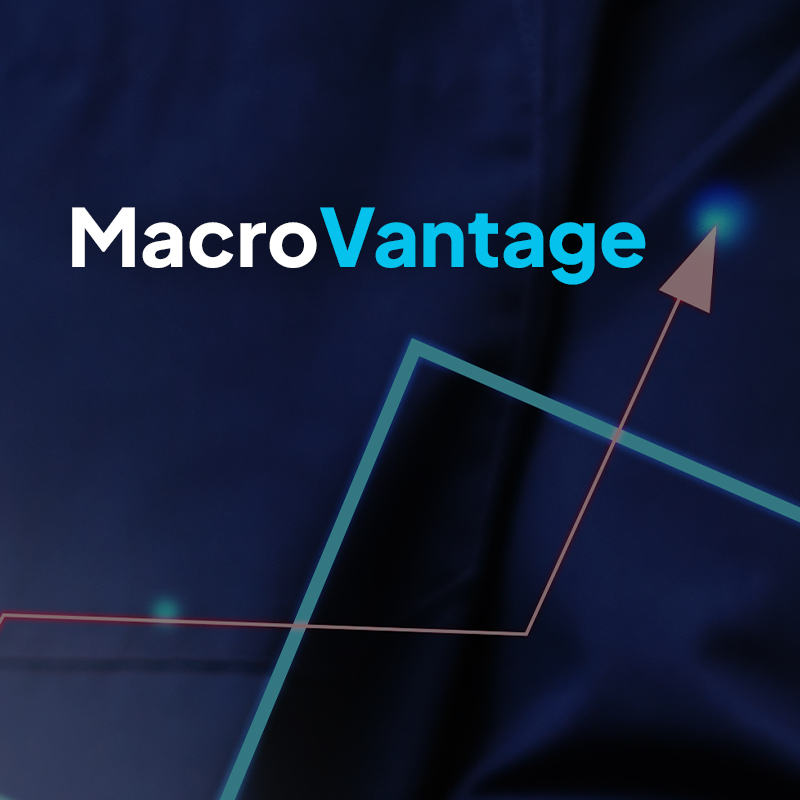
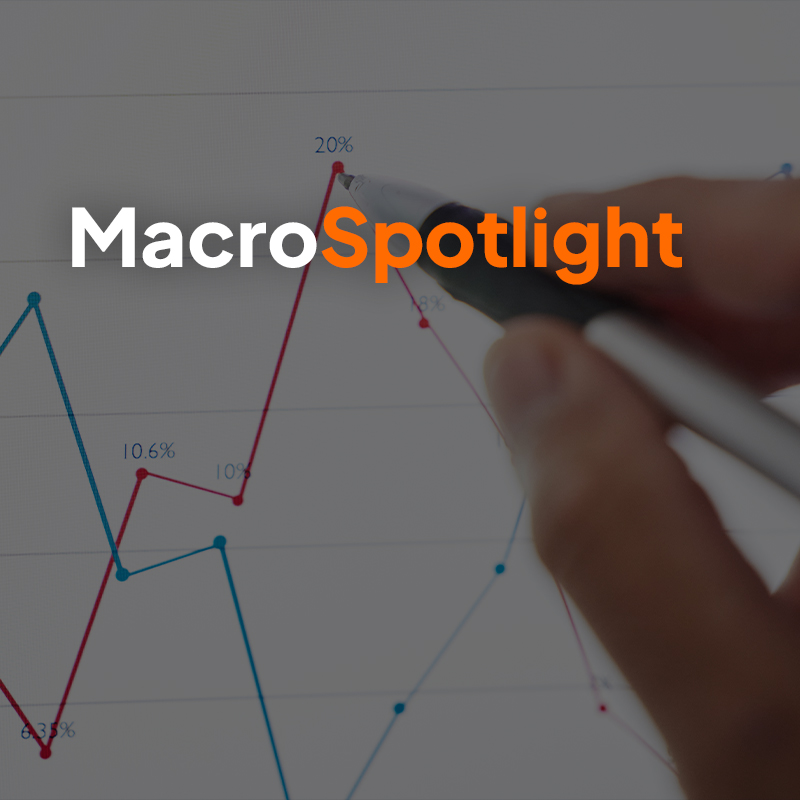


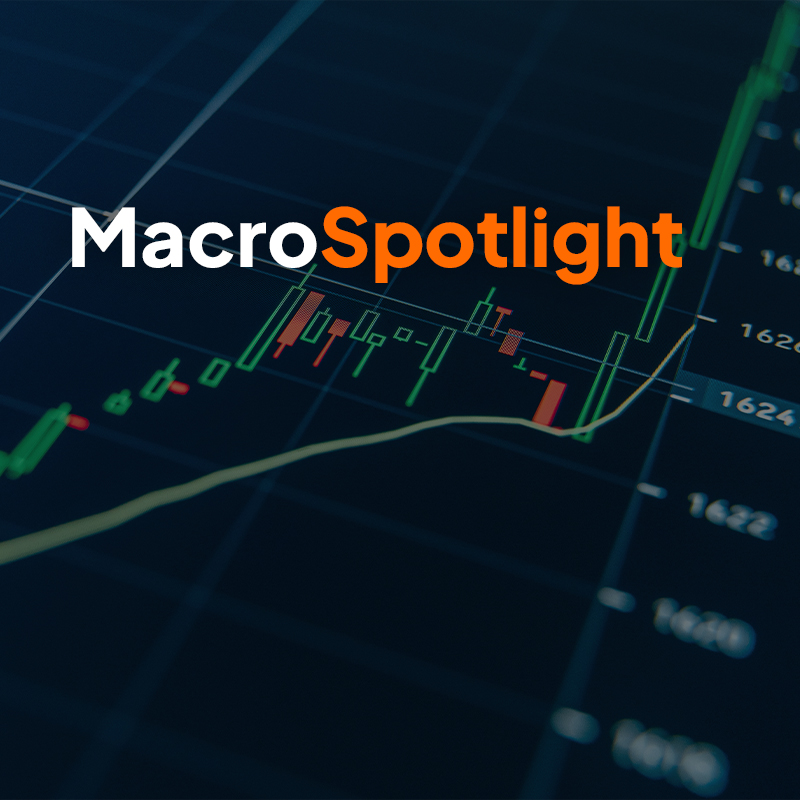

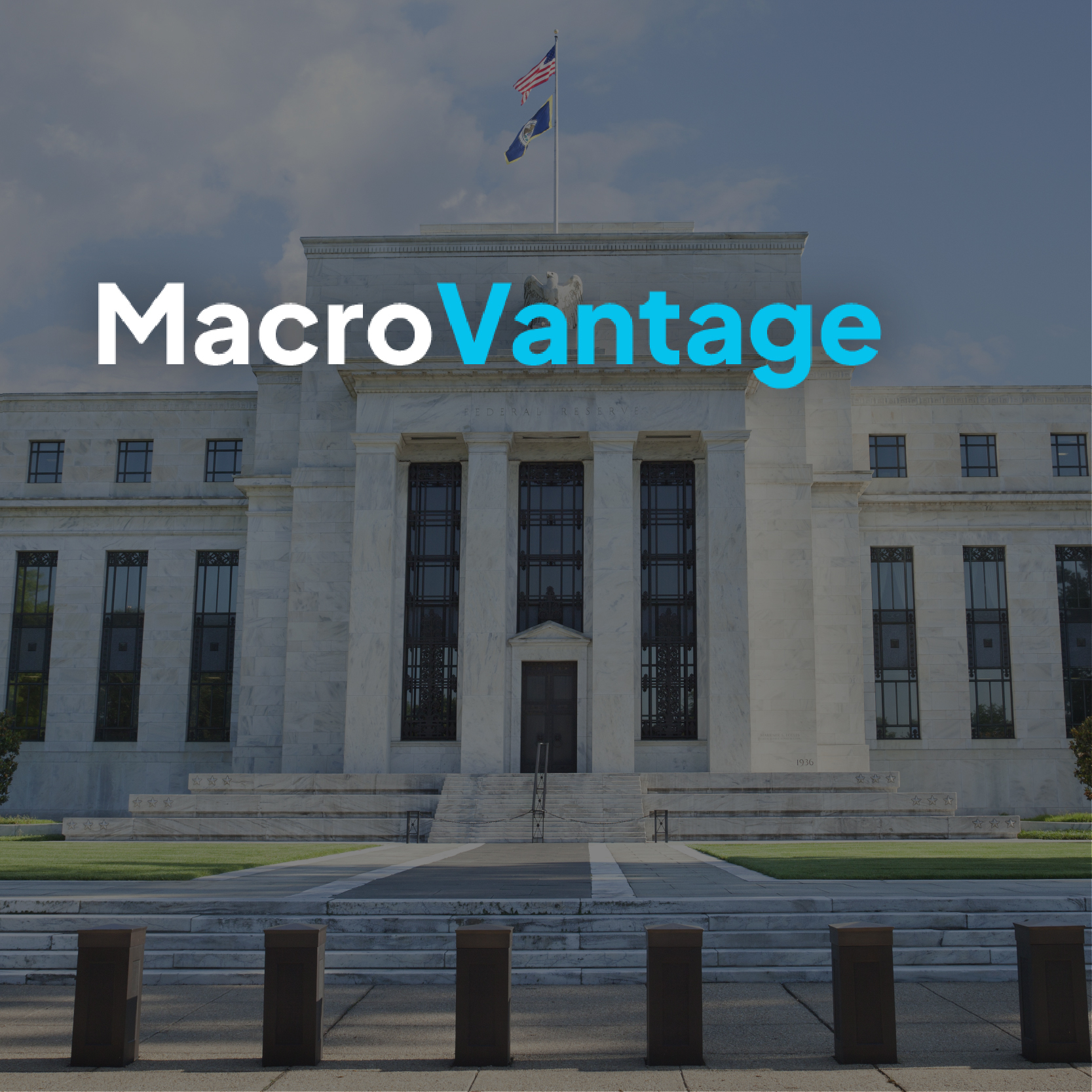
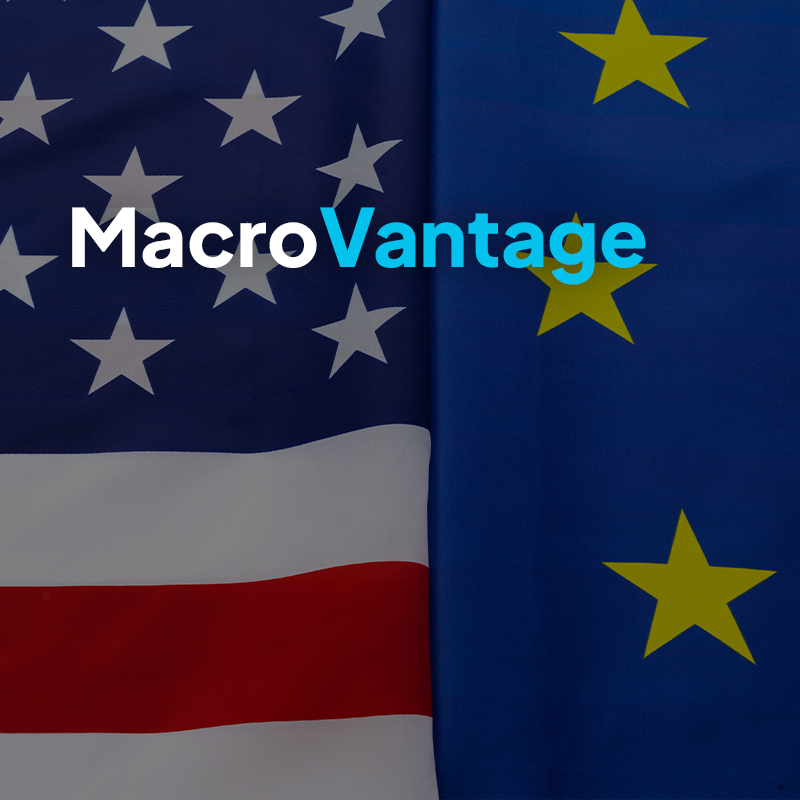



.png)